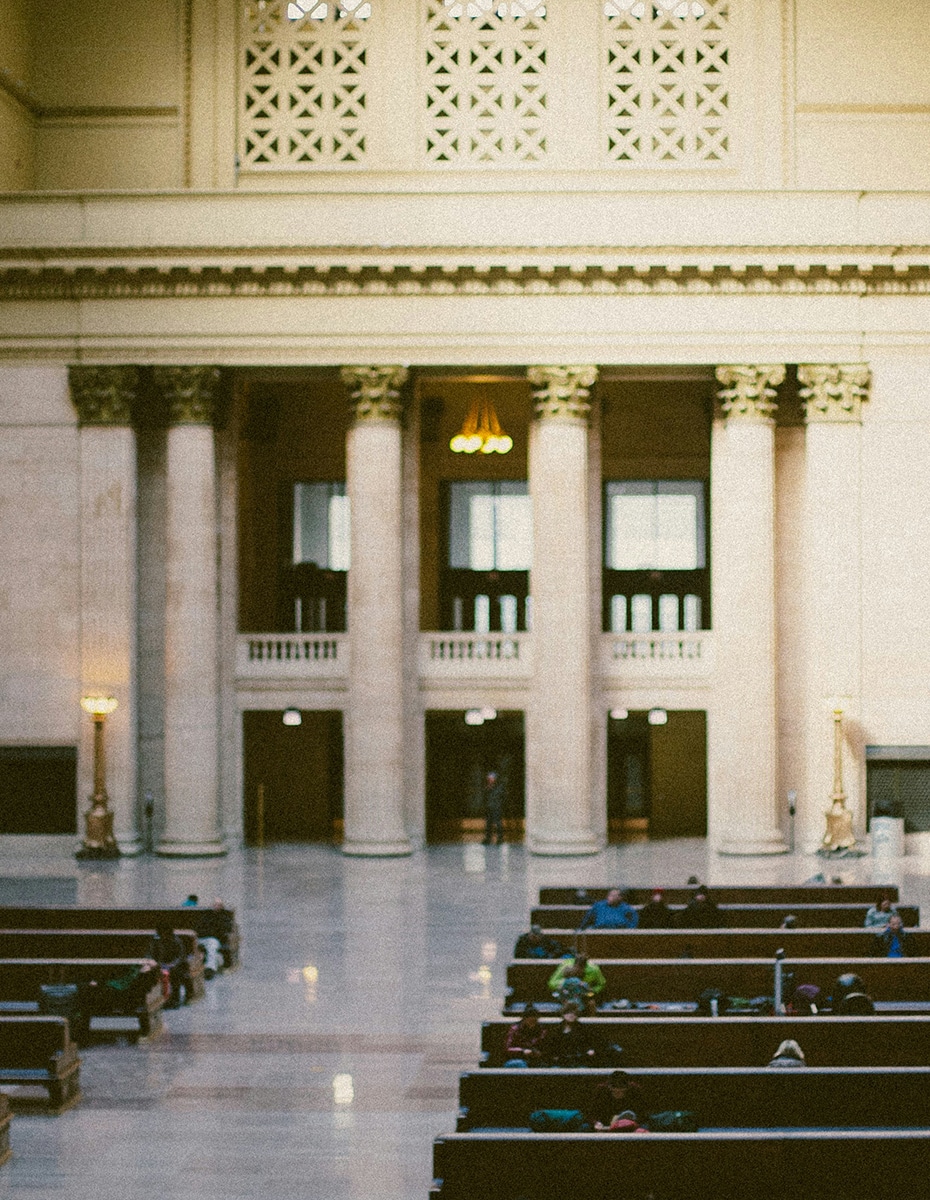The American Rescue Plan Act (ARPA) was signed into law by President Biden on March 11th, 2021 and will distribute $1.9 trillion in stimulus funds to support the country’s recovery from the economic and health effects of the pandemic. We’re here to help you unpack which portions of the stimulus package are available for downtown and economic development initiatives and how to best position your community for an allocation. Of this $1.9 trillion, there are a few potential funding sources of interest to those looking to advance the development of urban places.
The Department of Treasury is ultimately responsible for establishing the rules that govern the distribution of these funds to eligible public entities. The interim ruling issued in late May outlines eligible uses in 7 key areas, which include:
– State and Local Recovery: $350 billion is being set aside, including $195.3 billion for states, $65.1 billion for counties, $45 billion for metropolitan cities, and $19.5 billion for non-entitlement local governments.
– Direct Financial Assistance: $656.18 billion is allocated to stimulus checks, unemployment, tax credits, fraud prevention, paycheck protection, and economic injuries to small businesses.
– Assistance to Individuals and Families: About $56 billion will be divided to provide assistance to nutrition programs, veteran affairs, individuals with disabilities, family services, child abuse prevention, elderly care, rental and homelessness assistance.
– Education and Childcare: $211 billion will assist programs related to education stabilization, childcare development, low-income energy, and drinking water assistance.
– Public Health: $86 billion is budgeted to rural healthcare, community behavioral, suicide prevention, mental health, medical education, and health corps programs.
– Transportation: About $40 billion will provide relief for airports, infrastructure grants, and Amtrak.
– Other Programs: A large portion of $61 billion will be allocated to several other programs. The most eligible use of interest to those in the economic development of these other programs is “Economic Development Assistance.”
Of these programs, we believe that the most pertinent will be those associated with State and Local Fiscal Recovery, Transportation, and Economic Development Assistance as they are closely aligned with efforts to address the challenges of business and business districts. State and Local Fiscal Recovery funds can help improve downtown infrastructure including broadband connections, water, and sewer; transportation infrastructure grants can improve access to downtowns, which will increase visitation and stimulate the economy in business districts; and Economic Development Assistance funds may include investments in affordable housing and neighborhood development, rebuilding public sector capacity and relief programs for technology infrastructure, tourism, and hospitality sectors.
Every state and local government will also have the flexibility to determine how to best use payments to meet their needs. As your community plans for the distribution of these resources, you must be able to make the case that the pandemic resulted in exacerbated economic harm, including loss of earnings and revenue and that the intervention responds to that harm in a related and reasonably proportional way. This means collecting data and making a strong data-informed case that COVID-19 created the challenge you are looking to resolve.
If you are still wondering what funding is coming your way, eligible states, territories, cities, counties, and tribal governments can request their allocation of local fiscal recovery funds through the Treasury Submission portal. Allocated funding amounts can also be found on The National Association of Counties’ website. The Economic Development Administration, which has received over $3 billion in supplemental funding under ARPA, has also released Notices of Funding Opportunities (NOFO) for applicants seeking funding toward tourism, outdoor recreation, infrastructure, planning, and research efforts. These programs include:
– Build Back Better Regional Challenge
– Economic Adjustment Assistance
– Statewide Planning, Research, and Networks
– Travel, Tourism, and Outdoor Recreation
Streetsense is thrilled to be supporting the Commonwealth of Massachusetts with COVID-19 Rapid Recovery Planning efforts in 124 downtowns and town centers, and we are making sure that the plans include all the necessary data and rationale to make the most effective case for ARPA resource allocation.
To find out more on how Streetsense is helping communities allocate their ARPA funds towards downtown and broader economic development efforts, contact Larisa Ortiz, Managing Director of the Public Non-Profit Solutions Group at lortiz@streetsense.com
BACK TO LATEST








